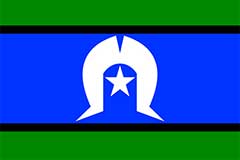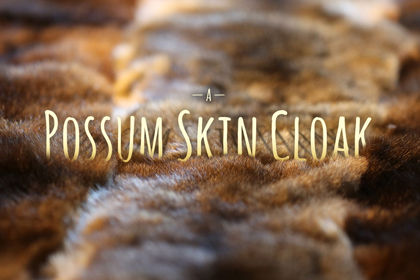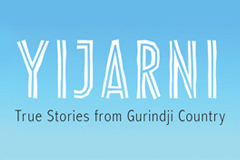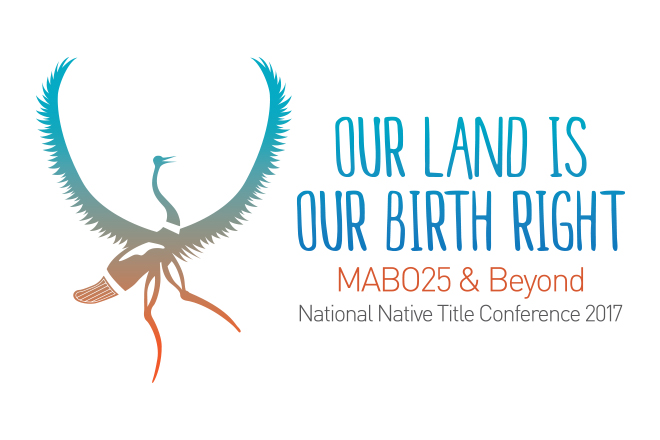Indigenous people have served in every military conflict that Australia has been involved in since the Boer War (1899-1902). Military records are a rich source of information about the men and women who served in the armed forces, and sometimes their family members.
What are military records?
Military records were created by the Australian Army, Navy, Air Force and Department of Defence. They were created for management and administration purposes.
The most useful military record for family history is the personal service record or file. These files document an individual’s military career. Often this is the only official documentation about a person who served in the armed forces. The contents and detail of service records varies with each conflict.
What information do I need to look for military records?
To start researching you need to know:
- the name of the person who served in the Australian armed forces.
It’s also helpful to know:
- the person’s date and place of birth
- when the person served – Boer War, World War I, World War II, Vietnam and so on.
To take your research further you might need to know information such as the person’s service number and unit name – you can find this information in their service record.
Where do I find military records?
Two national government agencies, located in Canberra, hold most of the records on Australian service men and women:
- National Archives of Australia
- Australian War Memorial.
State archives also have records from before Federation (1901) relating to the Boer War.
See this overview of service records from the Department of Defence for a quick guide to where records are held – for both current and ex-serving members.
Family history websites like Ancestry and Find My Past provide access to some military records, but nothing that you can’t also access through the National Archives, Australian War Memorial or state archives.
National Archives of Australia
The National Archives of Australia holds personal service records of people who served in the Australian defence forces in conflicts since 1901.
These records usually include information like place of enlistment, address, age, next of kin and the person’s service history including dates and places of service and medical information. Some files have physical descriptions and/or photographs.
Some files note that the person was Indigenous but others don’t – some people didn’t identify themselves as Indigenous when they joined up.
The National Archives also holds other records relating to military service, including courts-martial, civilian service, munitions workers and soldier settlement.
Records in the National Archives are available to the public if the records are more than 20 years old, called �?the open period’. Many are available online.
For more information see:
- Finding defence service records – read an overview from the National Archives’ Tracking Family guide
- Service records – learn more about military service records
- Discovering Anzacs – search this website for records about your service person (World War I and the Boer War)
- RecordSearch – search the National Archives collection database for records about your service person (all conflicts).
Australian War Memorial
The Australian War Memorial maintains a set of searchable lists called �?rolls’ which are names of service persons in the following categories:
- Roll of Honour – names of service persons who died on active service
- Commemorative Roll – names of people who were not in the defence forces but who died during or as a result of war
- Nominal rolls
- Conflicts before World War I
- World War I Embarkation Roll – recorded as defence persons left for overseas
- World War I Nominal Roll – recorded when service persons received repatriation assistance
- Honours and awards – details of military honours
- Honours and awards – details of recommendations
- Red Cross wounded and missing
- Prisoners of war
- Australian Naval Force 1903 to 1911.
For more information see:
- Search for a person – search the rolls for your ancestor’s name
- People profiles: Indigenous service – a list of 940 Indigenous service persons
- Family history – learn more about how to research your family member’s military service.
You can find out more about what your family member did in the armed services by looking at other records held by the War Memorial. For example, war diaries recorded the daily activities of Australian Army units and can provide more details about your family member’s movements during the war. To read war diaries and other records online, see the War Memorial web page about Digitised records.
Other resources
Online
These online resources provide information about men and women who served in the Australian armed forces. Some of the resources focus specifically on Aboriginal and Torres Strait Islander people.
- Indigenous Australian servicemen (Australian War Memorial) – an overview of the history of Indigenous service
- �?All in’ – Indigenous service (Department of Veterans Affairs) – a website about World War II and the people who served
- Mura® catalogue (AIATSIS) – search for 'WW1', 'WW2', 'Vietnam' or other conflicts for material on Indigenous service persons
- Cemeteries (Department of Veterans Affairs) – information about locating the burial place of a service person
- First AIF database (University of NSW) – an online database containing the details of 330,000 men and women who served in the first Australian Imperial Force, 1914-1918
- World War II nominal roll (Department of Veterans Affairs) – a database with information from the service records of the more than one million persons who service during World War II
- Aboriginal and Torres Strait Islander soldiers of the First World War [PDF 3 mb] – a list of Indigenous people who enlisted, produced by the Kurbingui Star
- Bombing of Darwin roll of honour (Northern Territory Library) – a roll of honour that focuses on people, including Aboriginal people, who died on 19 February 1942
- Military records on CoraWeb – a website with links for family history research
Books
These books talk about the involvement of Indigenous people in war. Many of them include stories and accounts of specific Indigenous Australians. Your local library might have them or be able to order them for you on interlibrary loan.
Aboriginal and Torres Strait Islander Volunteers for the AIF by Philippa Scarlett (Macquarie ACT: Indigenous Histories, 2011)
Aborigines in the Defence of Australia edited by Desmond Ball (Sydney: Australian National University Press, 1991)
Biographical Register of Queensland Aborigines Who Served in the Great War, 1914-1918 compiled by Rod Pratt (Wynnum: Rod Pratt, 1993)
Defending Whose Country? Indigenous soldiers in the Pacific war by Noah Riseman (Lincoln: University of Nebraska Press, 2012)
Fighters From the Fringe: Aborigines and Torres Strait Islanders Recall the Second World War by Robert Hall (Canberra: Aboriginal Studies, 1995)
Forever Warriors: This book honours all Western Australian Indigenous men and women who served in all conflicts, by Jan Kabarli James (Northam WA 2010)
Forgotten Heroes: Aborigines at War from the Somme to Vietnam by Alick Jackomos (South Melbourne: Victoria Press, 1993)
The Black Diggers: Aborigines and Torres Strait Islanders in the Second World War by Robert Hall (Sydney: Allen & Unwin, 1989)




